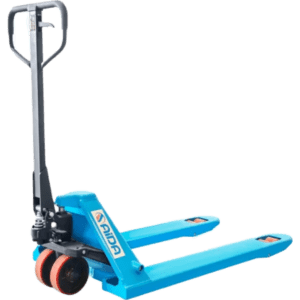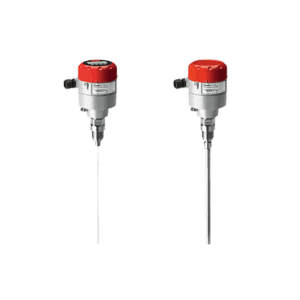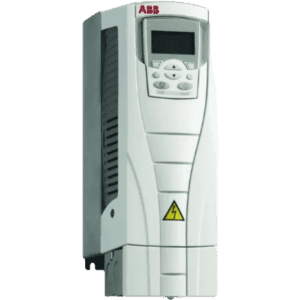RTD temperature sensors are highly accurate and stable sensors used to measure temperature in industrial applications. They are based on the principle that the electrical resistance of certain materials, typically platinum, changes with temperature. RTDs are known for their precision and repeatability, making them ideal for critical temperature measurement applications, including those in the oil & gas, chemical processing, and food industries. Common configurations include 2-wire, 3-wire, and 4-wire RTDs, each offering different levels of accuracy and noise rejection. RTDs are often used in harsh environments where reliability and performance are paramount. Regular calibration and inspection are essential to maintain the accuracy of RTDs over time.
Key Features:
- High Accuracy: Provides precise temperature measurements with minimal drift.
- Long-Term Stability: Ideal for applications requiring long-term reliable performance.
- Versatile Applications: Commonly used in industrial automation, process control, and HVAC systems.
- Wide Temperature Range: Suitable for both high and low-temperature applications.
Types and Standards:
- 2-Wire RTDs: Basic and cost-effective, though with less accuracy.
- 3-Wire RTDs: More accurate and reduce the impact of lead resistance.
- 4-Wire RTDs: Offers the highest accuracy with minimal interference from lead resistance.
- **IEC 60751: Standard for industrial RTD temperature sensors.
Brands Available:
Omega, Siemens, Honeywell, Endress+Hauser, WIKA.
General Maintenance:
Ensure regular calibration for accurate measurements. Inspect for any signs of wear, such as broken or frayed wires. Periodically clean the sensor and ensure proper insulation and protection from contaminants.





